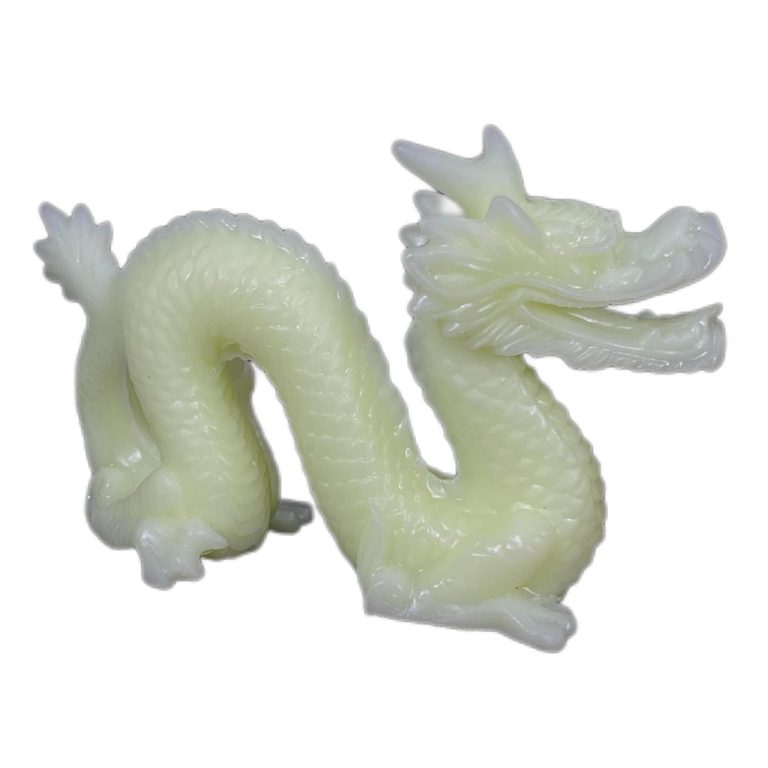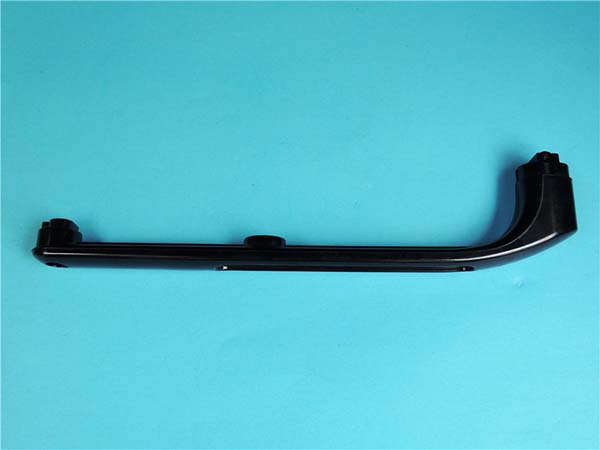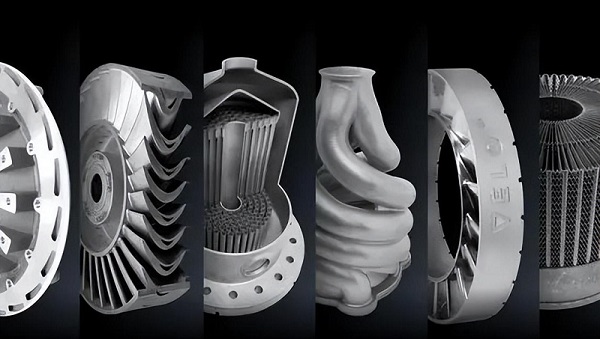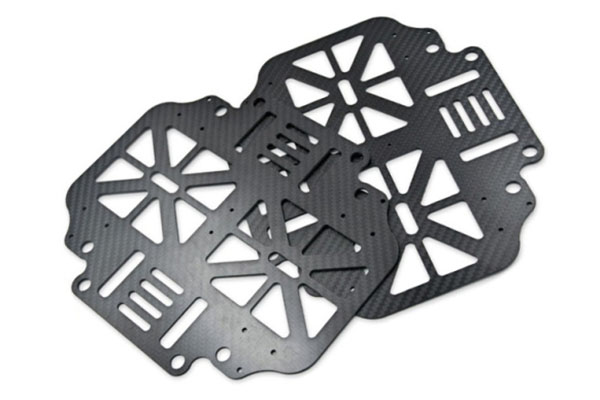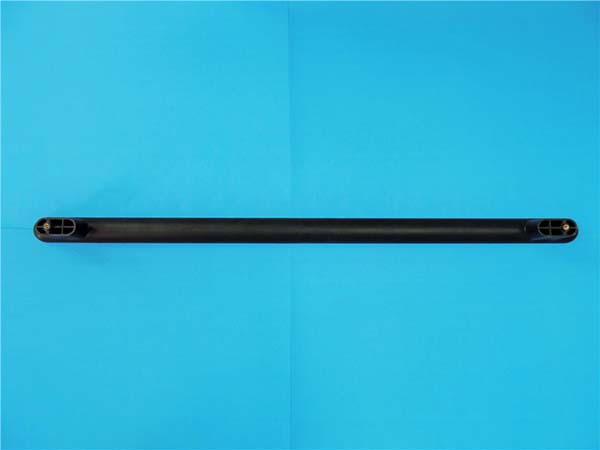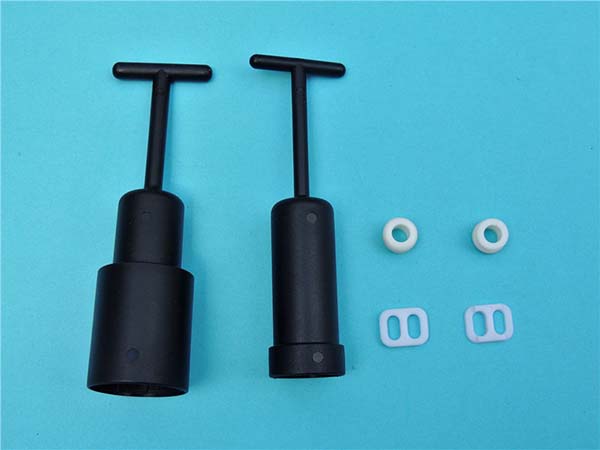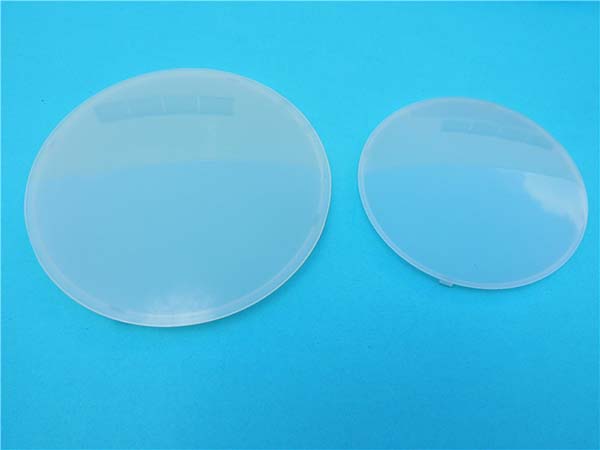Introduction to 3D Printing Services
Definition and Overview
3D printing, also referred to as additive manufacturing, is a method of creating three-dimensional objects by layering material based on a digital design (usually a CAD file). Unlike traditional manufacturing, which involves subtracting material (e.g., milling, casting), 3D printing builds an object layer by layer. This process has found applications across many industries, from rapid prototyping to creating complex, custom parts.
Types of 3D Printing Services
Different types of 3D printing services offer various technologies and material options. Some of the most common 3D printing methods include:
- FDM (Fused Deposition Modeling): Uses thermoplastic filaments (like PLA, ABS) that are heated and extruded to form layers. It's ideal for prototyping and functional parts.
- SLA (Stereolithography): Uses a UV laser to cure liquid resin, creating highly detailed prints with smooth finishes. Ideal for jewelry, dental, and high-resolution models.
- SLS (Selective Laser Sintering): Uses a laser to sinter powdered material, typically nylon or metal, to form strong, durable parts. Perfect for complex geometries and functional prototypes.
- DLP (Digital Light Processing): Similar to SLA but uses a projector to cure resin layer by layer, allowing for faster prints with high detail.
- Metal Additive Manufacturing: Uses metal powders and lasers to create high-strength metal parts. It’s used in aerospace, medical devices, and industrial applications.
Each printing method uses different materials, which significantly affects the quality, strength, and cost of the printed object.
Factors Affecting 3D Printing Service Prices
1. Design Complexity
The complexity of the design has a direct impact on the cost. Intricate and detailed designs require more time, precision, and advanced printing techniques, which will drive up the cost. For example, a simple item like a phone case may cost less to print than a highly detailed architectural model with complex internal structures. Features such as fine textures, internal channels, or complex geometries will increase print time and may require additional support structures, raising the overall price.
2. Material Costs
The type of material you choose is a significant factor in pricing. Common 3D printing materials vary greatly in cost:
- PLA (Polylactic Acid): Affordable, biodegradable plastic often used in prototypes and educational projects.
- ABS (Acrylonitrile Butadiene Styrene): A more durable and heat-resistant plastic, commonly used for functional parts.
- Resins (for SLA/DLP): Resins for SLA printing come in various grades, from basic ones to specialized resins for dental or medical applications. High-performance resins can be quite expensive.
- Nylon (for SLS): Known for its strength and flexibility, used in industrial applications and for creating durable prototypes.
- Metal (Titanium, Aluminum, Stainless Steel): Metal 3D printing is the most expensive due to the cost of raw materials and the specialized equipment required. It's typically used for aerospace, automotive, and medical industries.
Specialized materials like carbon fiber or PEEK (Polyether ether ketone) also significantly raise costs, as they require more advanced printing techniques and are high-performance materials.
3. Print Size and Detail
Larger prints naturally use more material, and the larger the print, the higher the cost. For example, printing a large mechanical part or a full-size prototype will use more filament or resin, leading to a higher price compared to smaller prints. The level of detail also plays a role—fine-resolution prints take longer to process and require more layers, which increases both printing time and material consumption.
Additionally, complex designs may require support structures, which need to be removed post-printing, adding time and labor costs to the process.
4. Time Sensitivity
If you need a 3D print within a short time frame, you'll likely be charged a premium for rush or expedited services. Providers may prioritize your print over others in their queue, leading to faster turnaround but at a higher cost. Similarly, if you're working with a deadline, be prepared to pay extra for fast processing.
Pricing Models in 3D Printing
1. Per-Unit Pricing
Many 3D printing services operate on a per-unit pricing model, where the cost is based on the object being printed. This is suitable for small-scale prints or single prototypes. The price will often depend on:
- Material used
- Size of the print
- Printing technology (FDM, SLA, etc.)
- Post-processing (e.g., sanding, painting)
This model is straightforward but can become more expensive if you need to print multiple copies of the same item, as costs can multiply quickly.
2. Subscription Services
Some 3D printing companies offer subscription-based pricing. With a subscription model, you pay a monthly fee for a set amount of print time, volume, or number of prints. This can be a cost-effective option for businesses or individuals who have ongoing or frequent printing needs. These subscriptions often come with tiered pricing depending on the level of service (e.g., basic, advanced, premium) and the type of materials you wish to use.
3. Volume Discounts
For businesses or large-scale projects, many 3D printing service providers offer volume discounts. If you're ordering multiple copies of the same item, the cost per unit may decrease as the order quantity increases. This is often the most cost-effective approach for mass production or batch orders, and it's worth negotiating with the provider for better pricing on bulk prints.
Comparing 3D Printing Service Providers
1. Price Comparison
When comparing prices across providers, don't just look at the base cost of printing. It’s essential to evaluate the value of what you’re receiving for that price. Key factors to consider include:
- Material quality: Higher-quality materials tend to cost more but can lead to a better final product.
- Finish options: Some providers offer post-processing services (e.g., polishing, painting, sanding) that can improve the appearance and quality of the print.
- Support structures: Complex designs may require additional support structures during printing, which can raise both the material cost and the labor cost for removal.
Sometimes, a service with a higher price may provide more value by offering superior materials, post-processing, or better customer support.
2. Service Quality and Reliability
While price is an important factor, the quality and reliability of the 3D printing service are just as crucial. A cheaper option might lead to unsatisfactory prints or delays, which could ultimately cost more. Look for reviews and testimonials to gauge the provider's reputation. Ensure the provider offers clear communication, reliable timelines, and high-quality print resolution.
Conclusion
Summary of Key Points
The cost of 3D printing services varies depending on several factors, such as:
- Design complexity: More intricate designs take longer to print and require more material.
- Material choice: Specialized materials like metals or high-performance plastics significantly increase costs.
- Size and detail of the print: Larger and more detailed prints cost more due to the increased material usage and print time.
- Turnaround time: Expedited services come at a premium.
Pricing models also vary, with per-unit pricing being common for small-scale prints, subscriptions for ongoing needs, and volume discounts for bulk orders.
Tips for Choosing a 3D Printing Service
- Evaluate Your Needs: Consider the scale, complexity, and materials required for your project to select the most cost-effective service.
- Request Multiple Quotes: Always get quotes from different providers to compare prices and services.
- Check Reviews: Reviews can provide insights into the reliability and service quality of the provider.
- Consider Turnaround Times: Be prepared to pay extra for rush services if you need your prints quickly.
- Negotiate: Don’t hesitate to ask for discounts, especially for larger orders or long-term projects.
FAQs
Q1: What is the cheapest material used in 3D printing?
A1: PLA (Polylactic Acid) is the cheapest and most common material used in 3D printing. It is environmentally friendly, easy to print, and suitable for prototypes and low-stress applications.
Q2: Can I negotiate the price with 3D printing service providers?
A2: Yes, many providers are open to negotiation, especially for bulk orders or long-term projects. It's always worth asking for a discount or better terms if you're ordering in large quantities.
Q3: How does the complexity of my design affect the cost of 3D printing?
A3: Complex designs with intricate features or internal structures require more precision, time, and support, increasing both the material and labor costs. The more detailed the design, the higher the cost will be.
